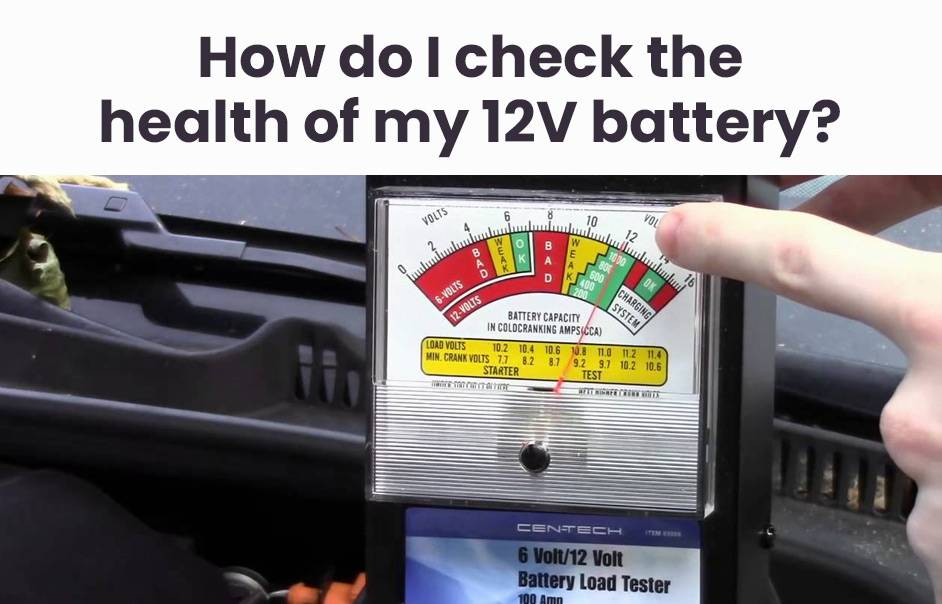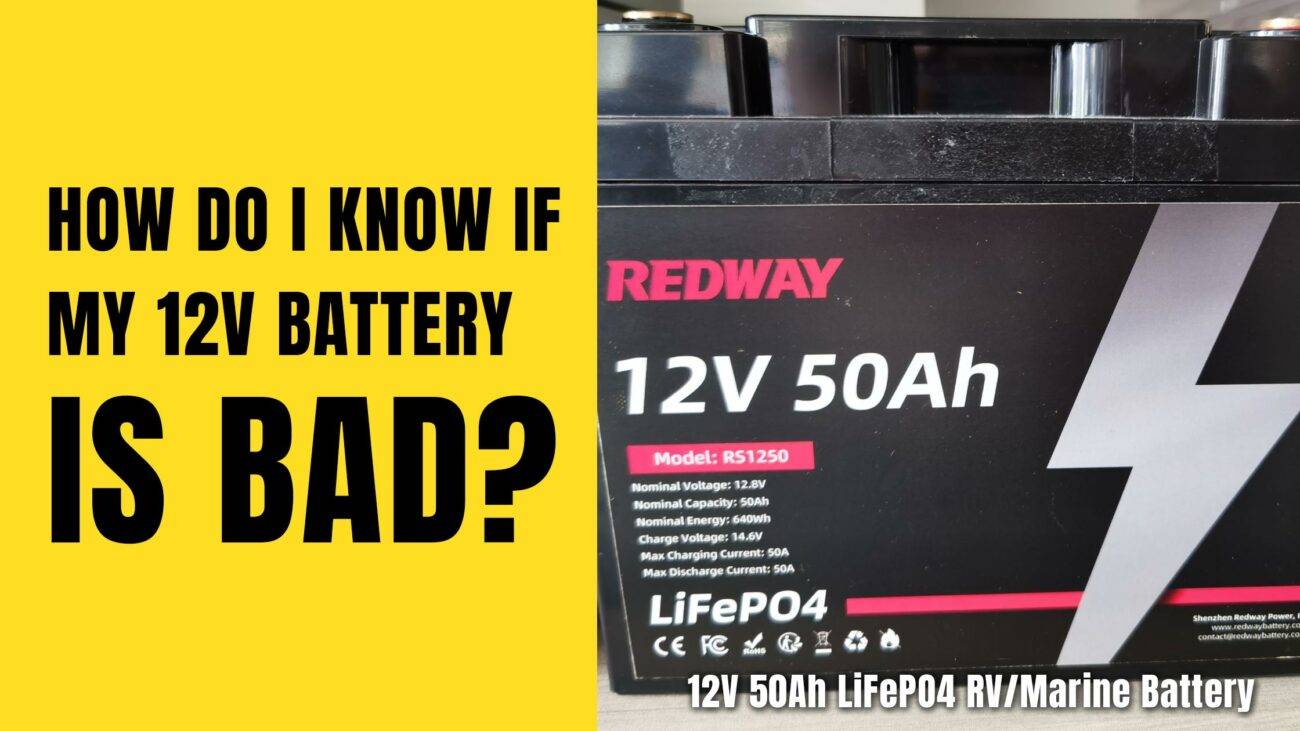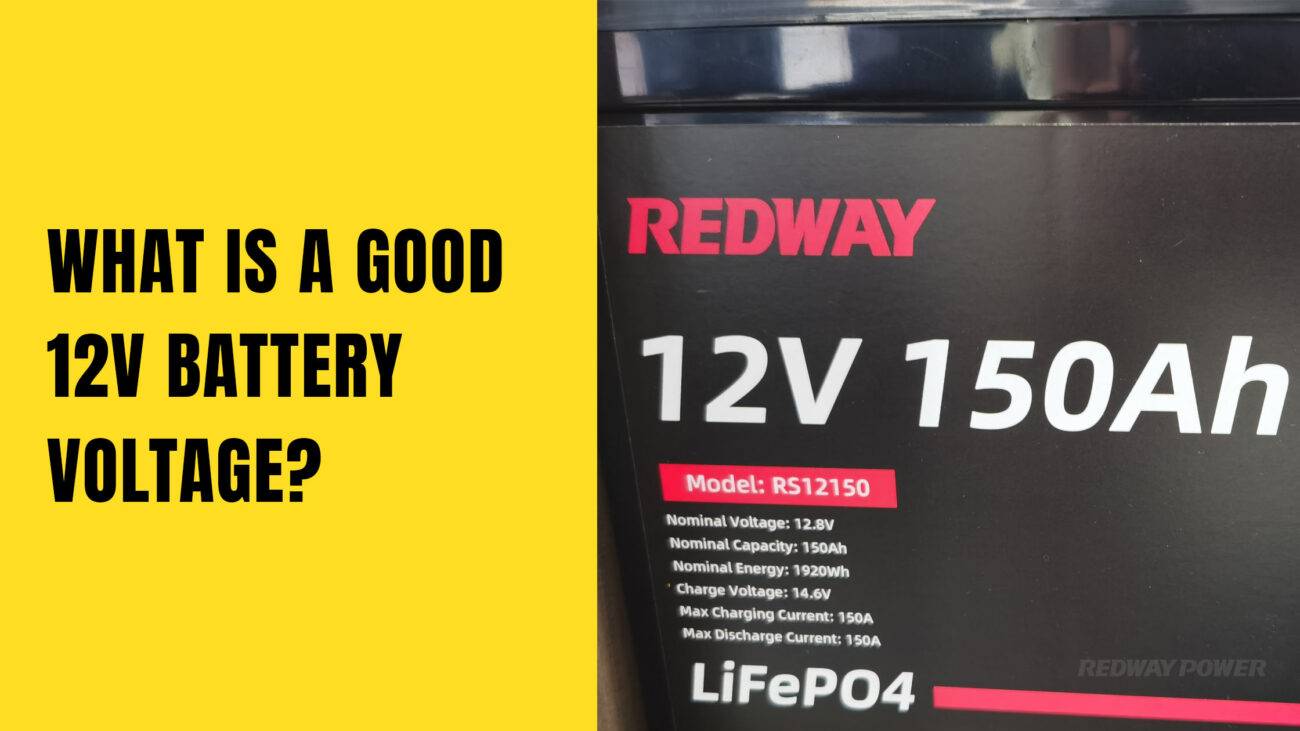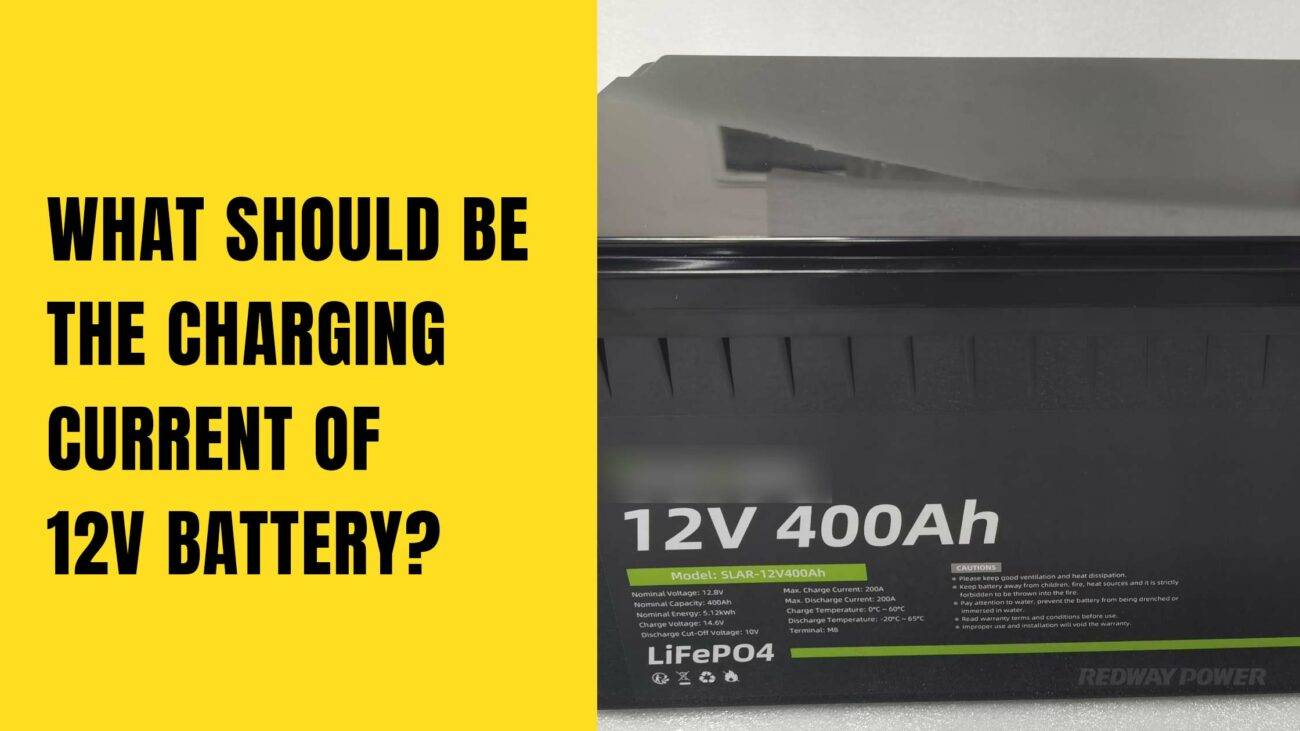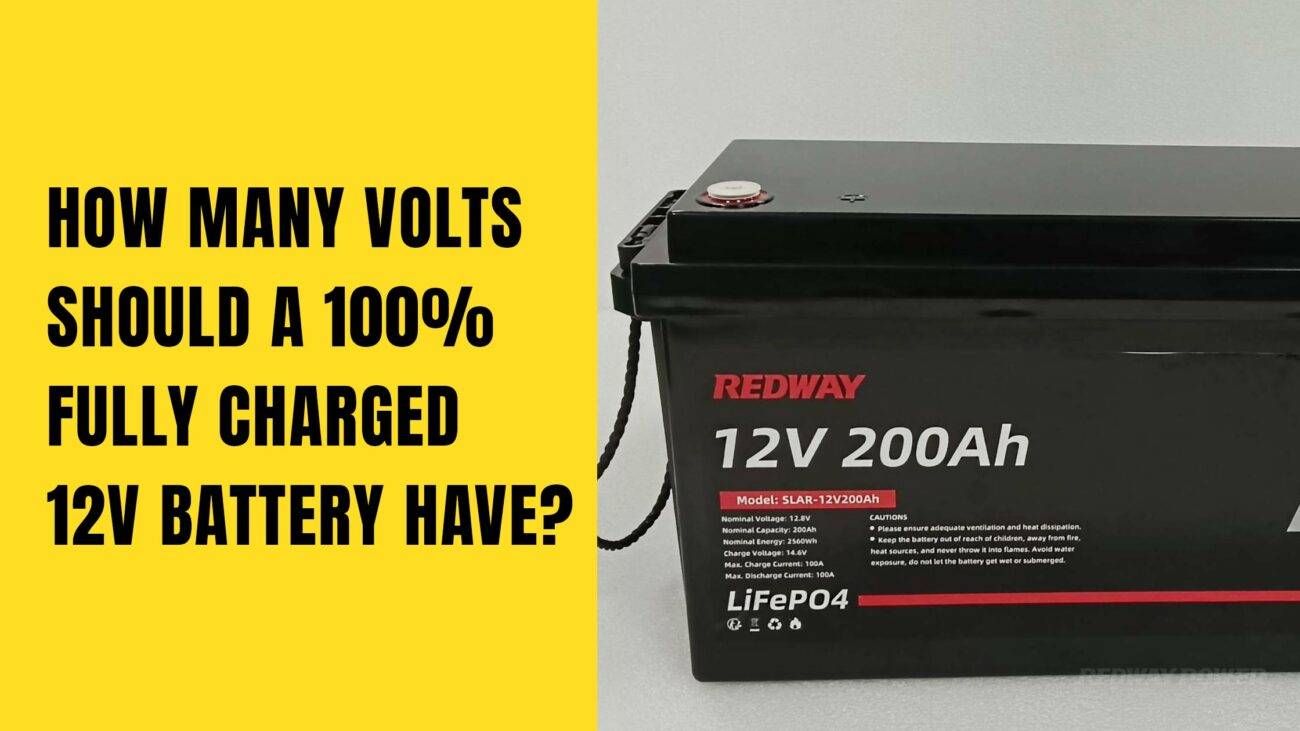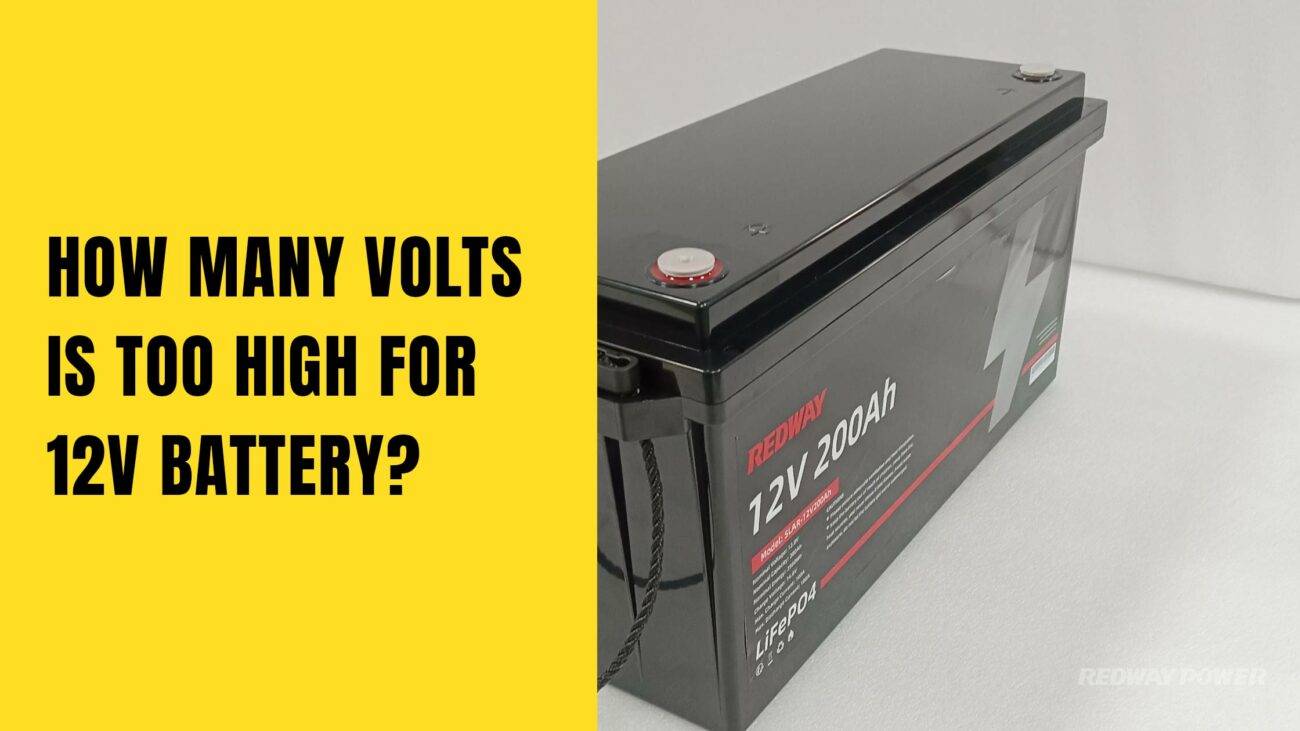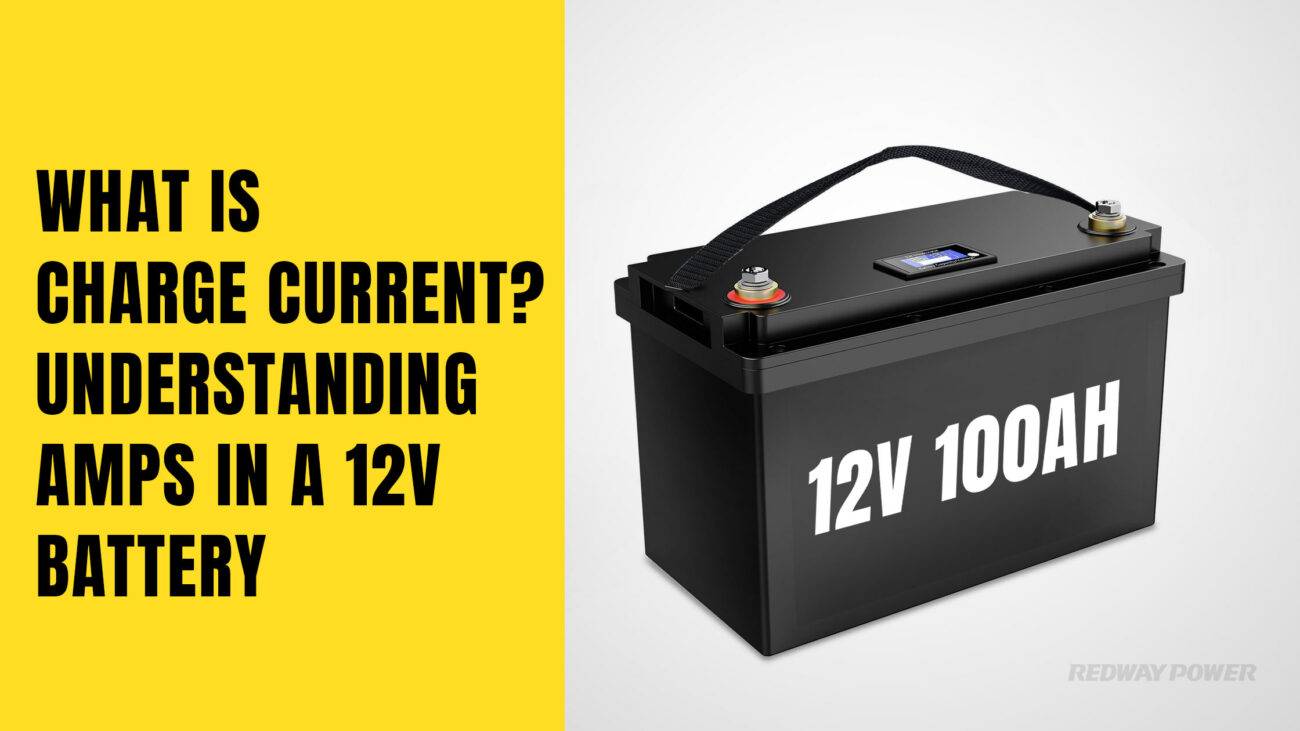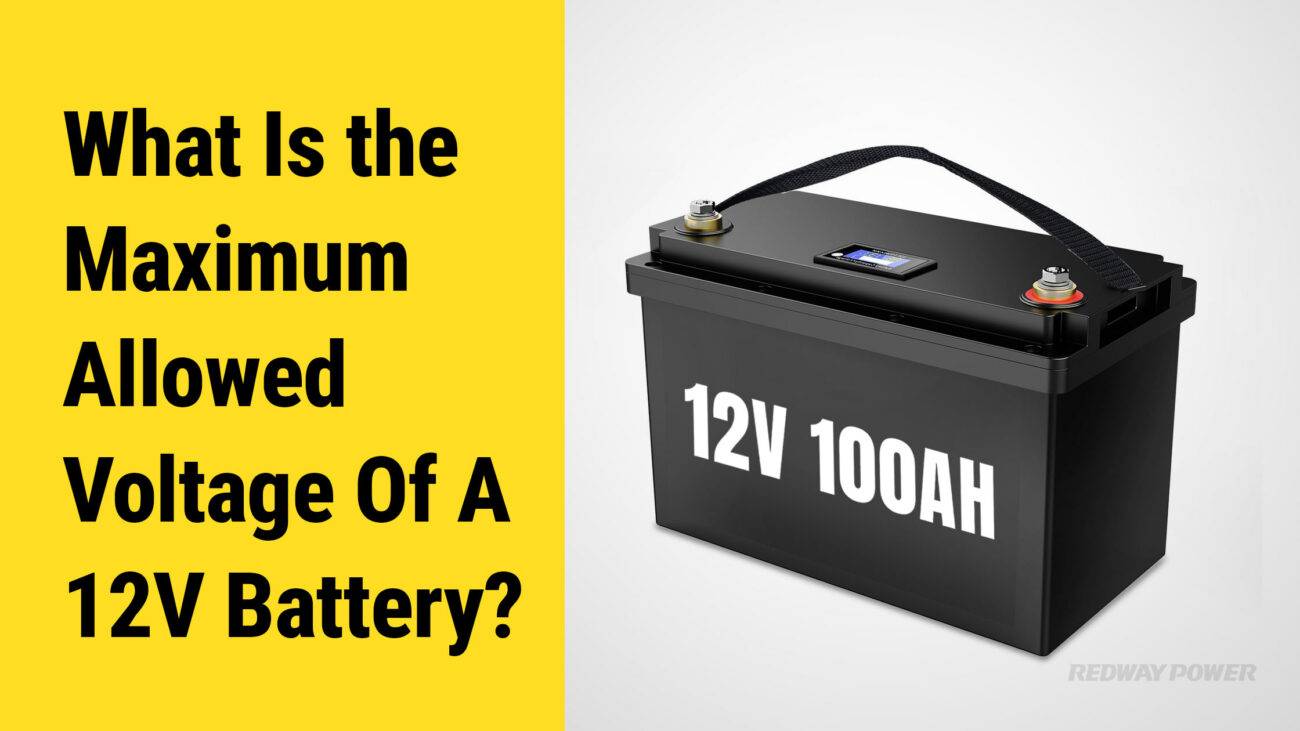Worried about your 12V car battery? Don’t be! Regular check-ups are crucial for optimal performance. In this post, we’ll guide you through the process and offer tips for maintaining a healthy battery. Let’s get started!
Understanding the Importance of a Healthy 12V Battery
Signs That Your 12V Battery Needs to Be Checked
Your car’s 12V battery is essential for powering electrical components and starting the engine. Recognizing signs that it needs attention is crucial for preventing breakdowns. Here’s a quick guide to those signs:
1. Difficulty Starting: Symptom: If your engine takes longer than usual to turn over or you hear clicking sounds during ignition, it signals a potential weak battery. Action: Promptly check your battery’s health to prevent issues.
2. Dim or Flickering Headlights: Symptom: Diminished brightness or fluctuating intensity in headlights indicates a battery not holding its charge properly. Action: Address this sign promptly to avoid further electrical issues.
3. Dashboard Warning Lights: Symptom: A battery-shaped symbol illuminated on your dashboard signals a battery problem. Action: Take heed of warning lights and schedule a battery check-up.
4. Electrical Malfunctions: Symptom: Issues like malfunctioning power windows, locks, or dim interior lights can point to a weak battery. Action: Address these electrical problems promptly and assess the battery’s condition.
5. Consider Battery Age: Tip: Most car batteries last 3-5 years. If yours nears or exceeds this timeframe, it’s wise to have its health assessed. Action: Schedule regular battery checks, especially as it approaches the average lifespan.
Tools Needed for Checking Your Battery’s Health
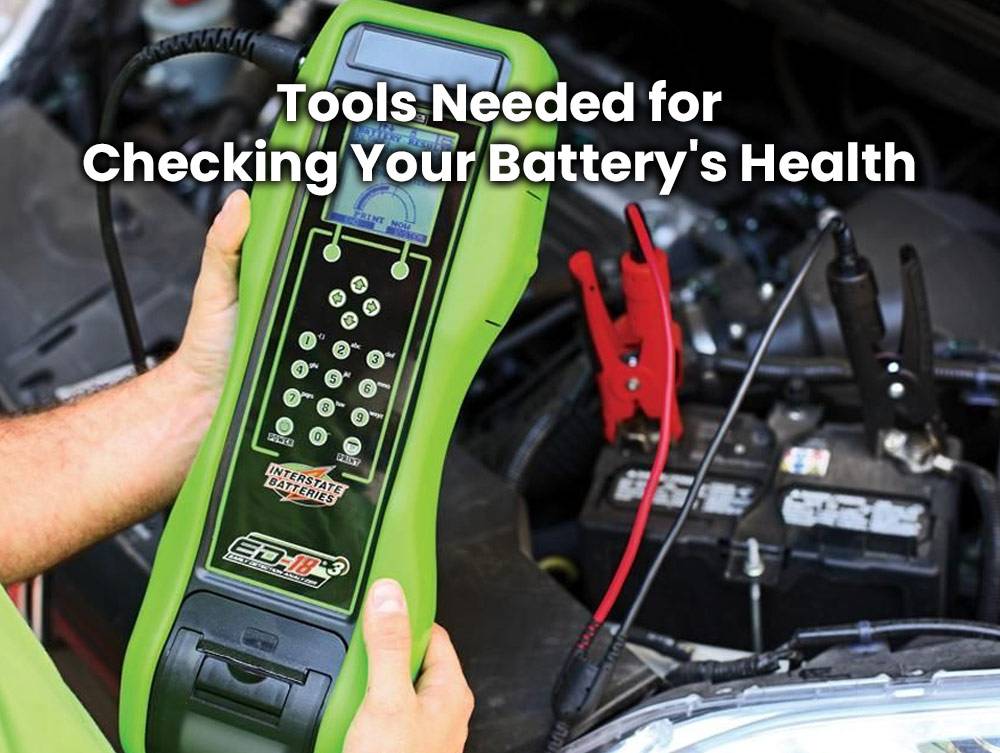
Ensuring the health of your 12V battery involves using the right tools for an accurate inspection. Here’s a brief overview of essential tools and their roles in the process:
1. Voltmeter or Multimeter: Role: Measure battery voltage to gauge power levels and determine if it needs recharging or replacement. Importance: Provides crucial insights into the battery’s condition for effective maintenance.
2. Safety Gloves and Goggles: Role: Protect hands and eyes from corrosive chemicals present in batteries. Importance: Prioritize safety during inspections to prevent harm while handling batteries.
3. Wire Brush or Sandpaper: Role: Clean battery terminals to remove corrosion and ensure strong connections. Importance: Improves overall performance by maintaining a clean connection between the battery and terminals.
4. Distilled Water: Role: Maintain electrolyte levels by adding distilled water to batteries with removable caps. Importance: Enhances longevity and ensures proper functioning, particularly in older models.
With these tools in hand, checking and maintaining your 12V battery becomes a safer and more effective process. Always prioritize safety when dealing with batteries.
Step-by-Step Guide on How to Check Your 12V Battery
Ensuring your vehicle’s performance involves a straightforward process of checking your 12V battery’s health. With a few simple steps and essential tools, you can maintain optimal operation. Let’s break it down:
1. Gather Necessary Tools: Tools Needed: Multimeter, safety glasses, gloves, and a wire brush. Importance: Prioritize safety and gather the tools required for a comprehensive battery check.
2. Visual Inspection: Process: Open the hood, visually inspect the battery for damage or leaks. Importance: Identifying external issues before testing the battery’s voltage is a crucial first step.
3. Voltage Testing: Process: Use a multimeter to test voltage. Set to DC volts, connect probes to battery terminals, and note the reading (ideally around 12.6-12.8 volts for a fully charged battery). Importance: Voltage testing provides insights into the battery’s condition, helping detect potential issues.
4. Regular Maintenance: Tip: Keep terminals clean by gently scrubbing with a wire brush dipped in a baking soda solution. Importance: Routine maintenance prolongs the battery’s lifespan, preventing future issues and ensuring road trip safety.
By consistently following these straightforward steps, you can keep your 12V battery in top condition, minimizing the risk of problems and ensuring a safe journey.
Tips for Maintaining a Healthy 12V Battery
Proper maintenance is crucial for your 12V battery’s longevity and performance. Here are straightforward tips to keep it in optimal condition:
1. Keep it Clean: Tip: Regularly inspect terminals and cables for corrosion; clean using a mixture of baking soda and water. Importance: Clean connections prevent performance issues and extend the battery’s lifespan.
2. Check Fluid Levels: Tip: Consult your owner’s manual for electrolyte level requirements; keep fluid within the recommended range. Importance: Proper fluid levels ensure optimal battery function and longevity.
3. Avoid Deep Discharges: Tip: Avoid fully discharging the battery; use a trickle charger during non-use periods. Importance: Deep discharges can significantly shorten the battery’s lifespan; maintaining a charge is essential.
4. Monitor Charging Voltage: Tip: Regularly check charging voltage with a multimeter; it should be around 13-14 volts when the engine is running. Importance: Proper charging voltage ensures the battery stays charged and functional.
5. Be Mindful of Temperatures: Tip: Park in shaded areas, insulate, or cover the battery during extreme temperatures. Importance: High temperatures accelerate degradation, while cold weather temporarily reduces capacity.
By adhering to these tips, you’ll effectively maintain a healthy 12V battery, ensuring reliable power for all your automotive needs.

